How about choosing millet instead of rice today?
Gluten-free and organic millet (Panicum miliaceum) is undeniably one of the world’s oldest grains, still cultivated globally today. For thousands of years, millet has been used in agriculture and valued by many indigenous cultures. Millet has been cultivated in Europe for over 6,000 years.
Millet is highly adaptable and thrives in dry and hot climates. Millet has been a popular crop in developing countries due to its adaptability to dry and hot climates. Millet has an exceptionally short growing period, with harvests ready just two months after planting. Millet’s rapid growth rate has certainly contributed to its popularity.
Peeled millet is a source of protein and complements various dietary plans. As a gluten-free grain, millet is an excellent choice for individuals with celiac disease. Millet is a versatile addition, suitable for use similarly to rice, or can be cooked longer to make a porridge. Soaked and hulled millet is also excellent for raw porridge and raw baking.
How to prepare millet?
Rinse the millet. Cook 1 part rinsed millet in 3 parts water for about 25 minutes.
Foodin Oats and Cereals
Oats and cereals offer versatile, gluten-free alternatives for baking, cooking, and snacking. With the rise in popularity of gluten-free baking and cooking, quinoa, millet, and amaranth have secured their place alongside traditional pasta, rice, and oats.
Even if you prefer simple foods, incorporating gluten-free flakes and grains is straightforward and effective. All you need is boiling water and your favorite seasonings. Porridges made from amaranth and millet require slightly longer cooking times than regular oats. Different flakes can be combined to create innovative recipes and explore new uses. Many cereals can be repurposed into cookie dough if there are leftovers from breakfast. The only limit is your imagination!

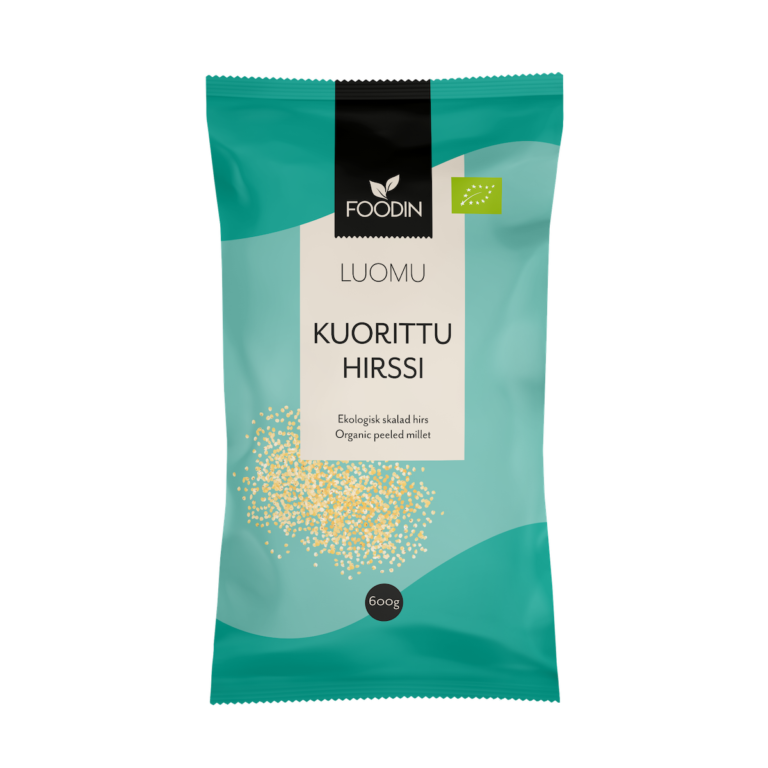
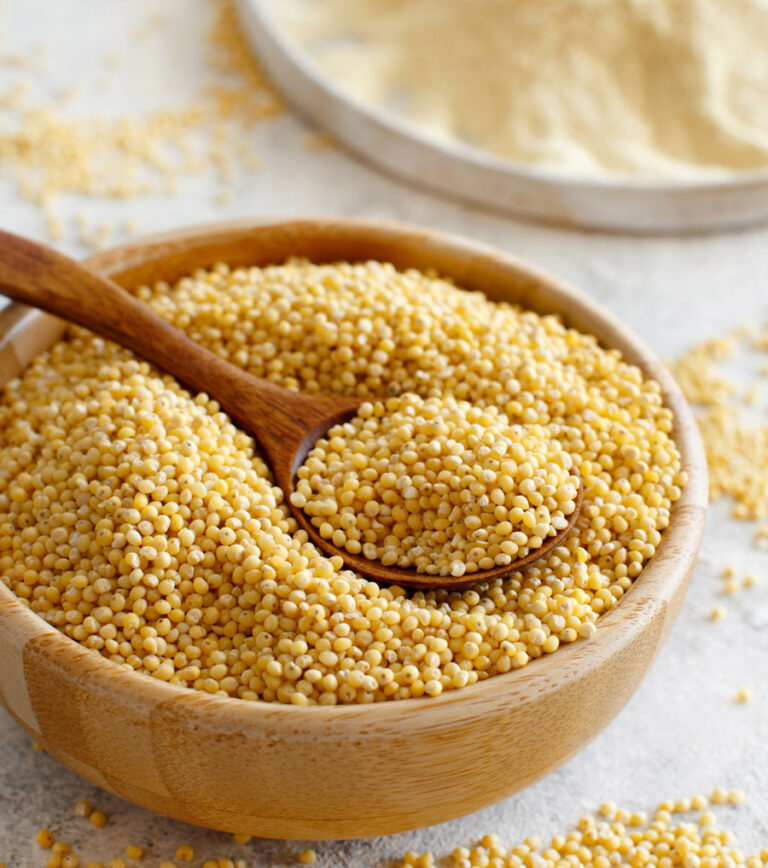
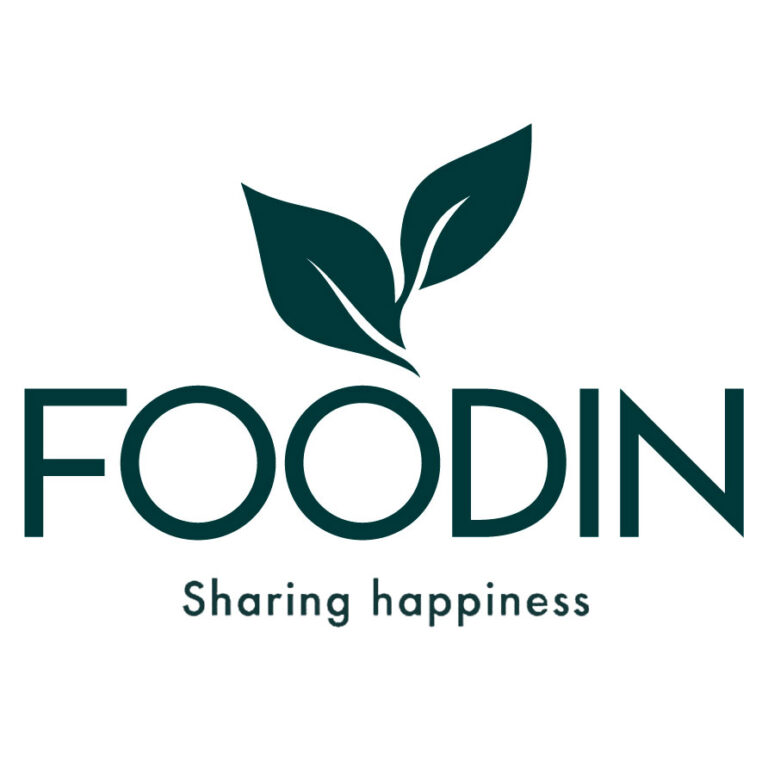
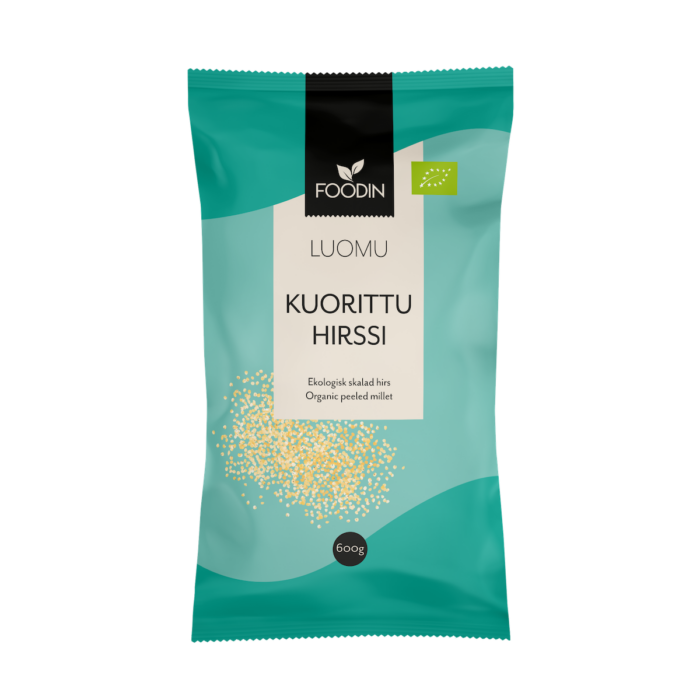
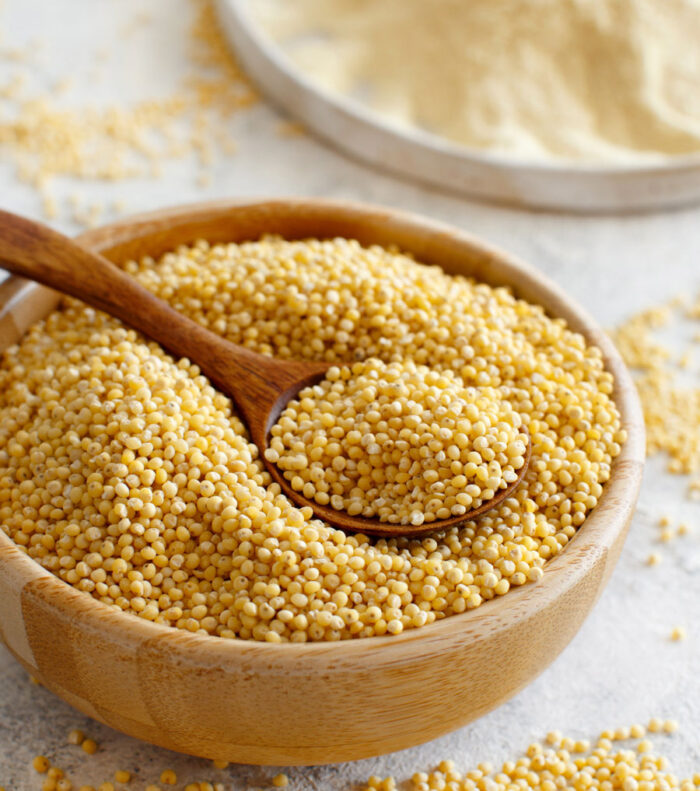
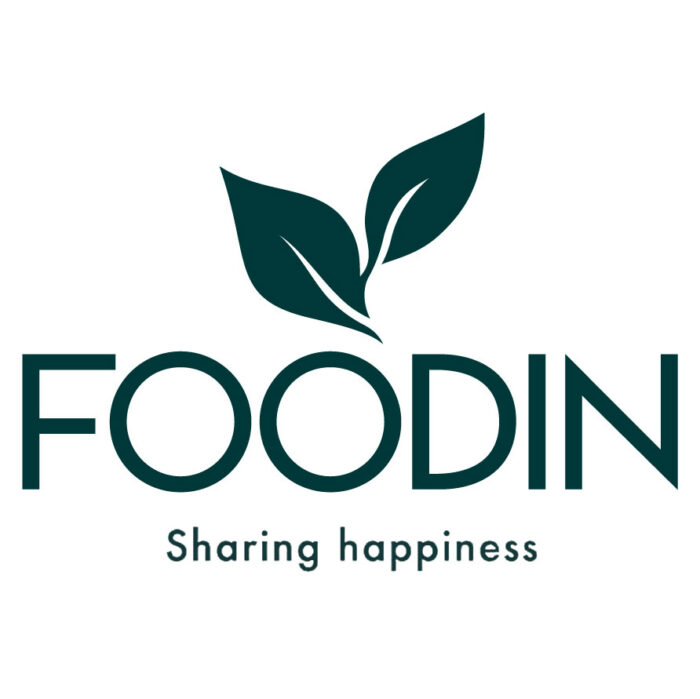
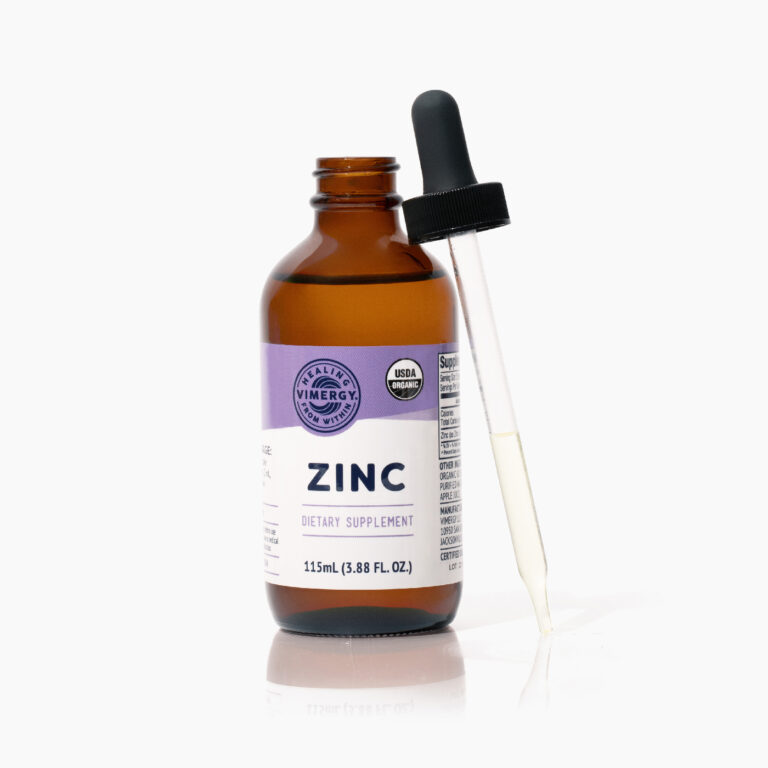
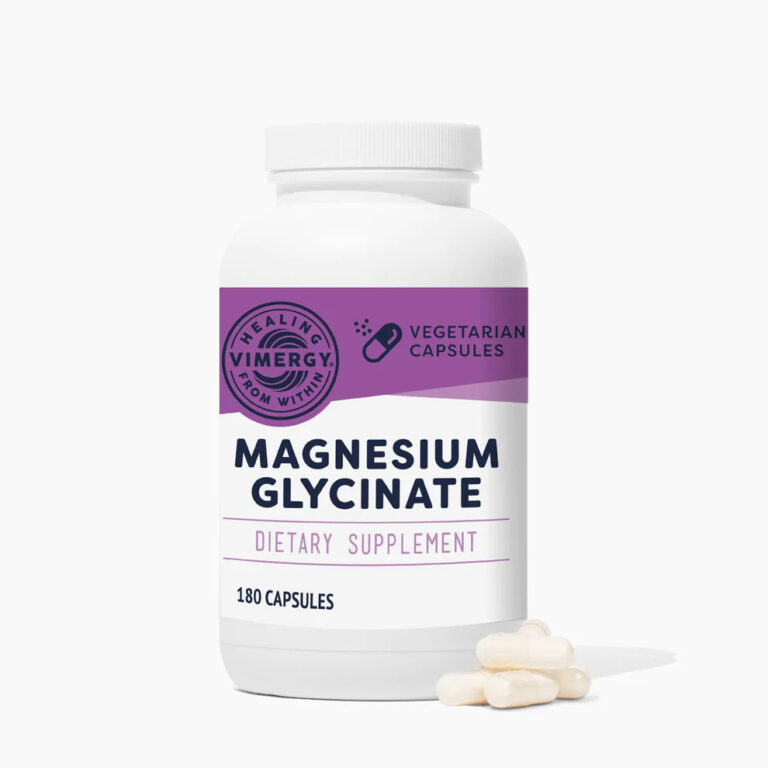
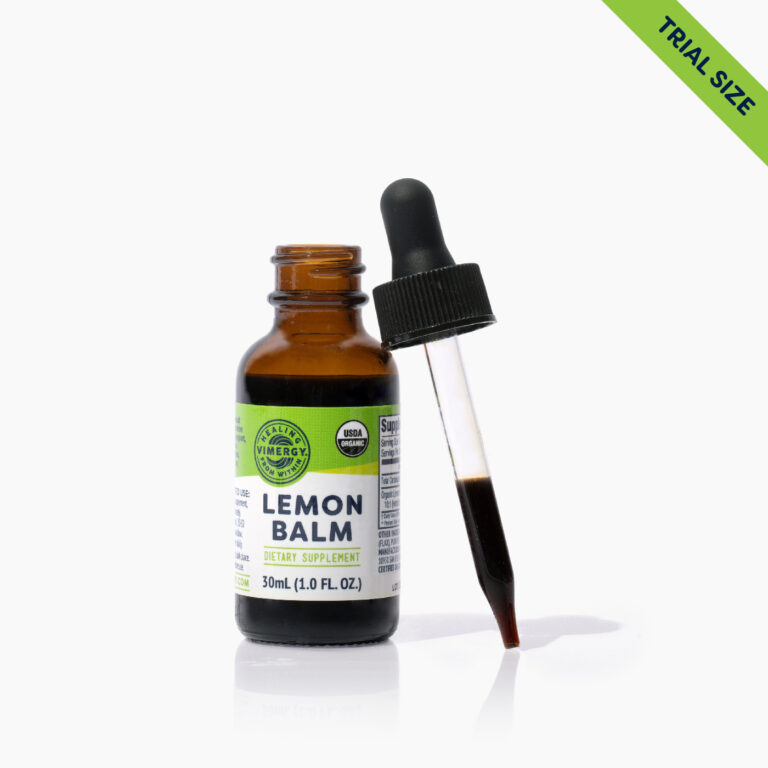
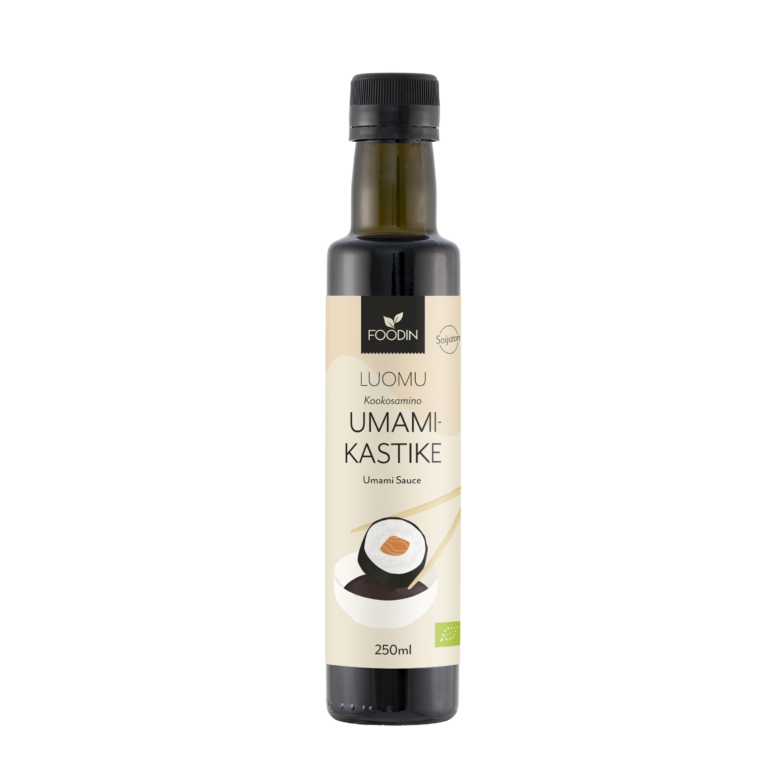

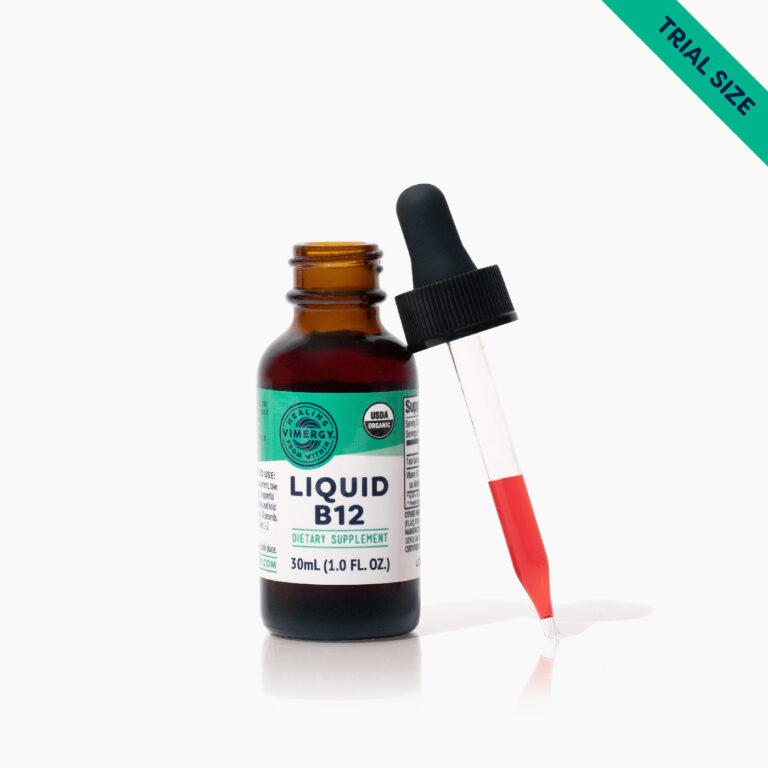
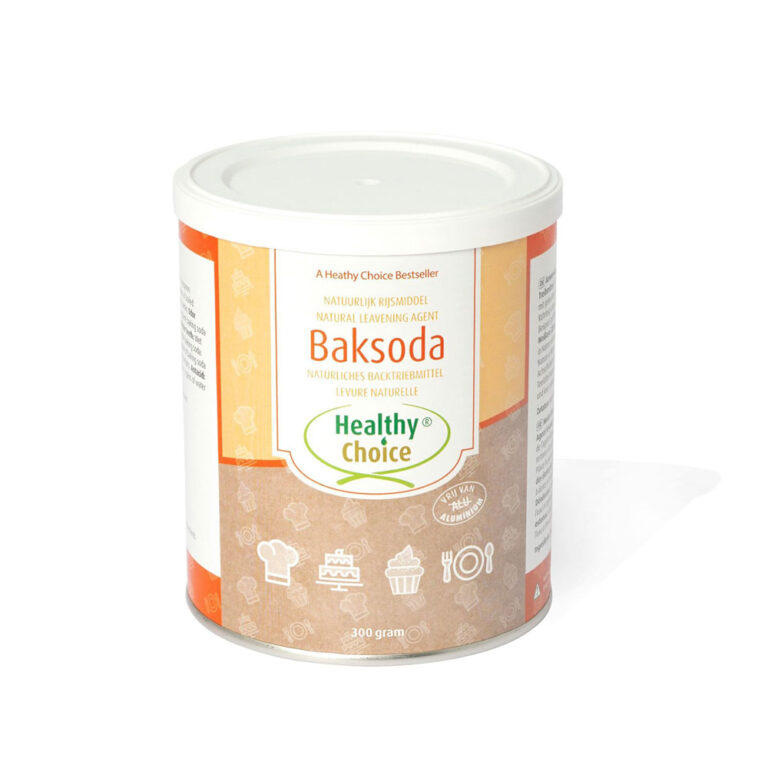
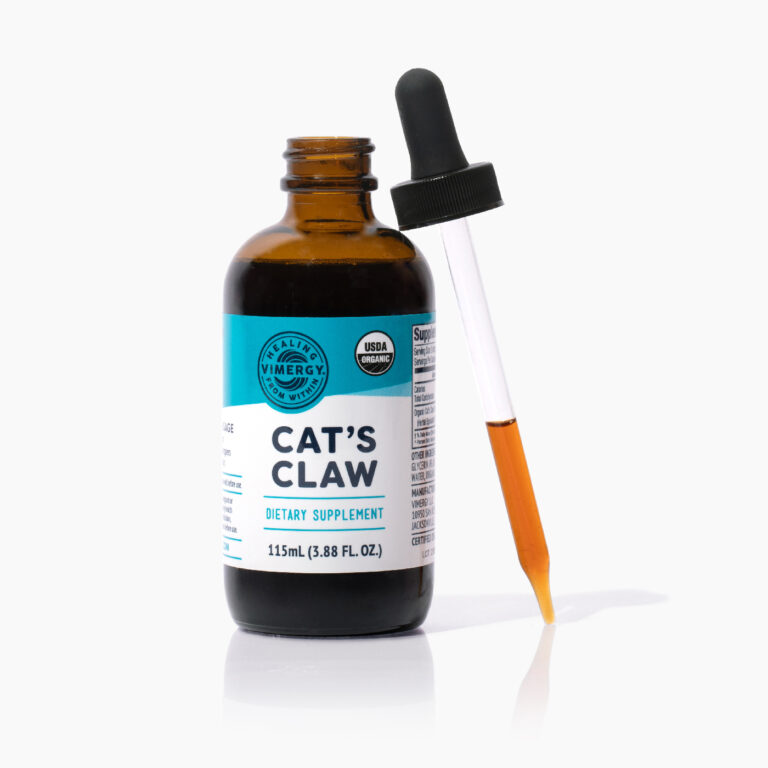
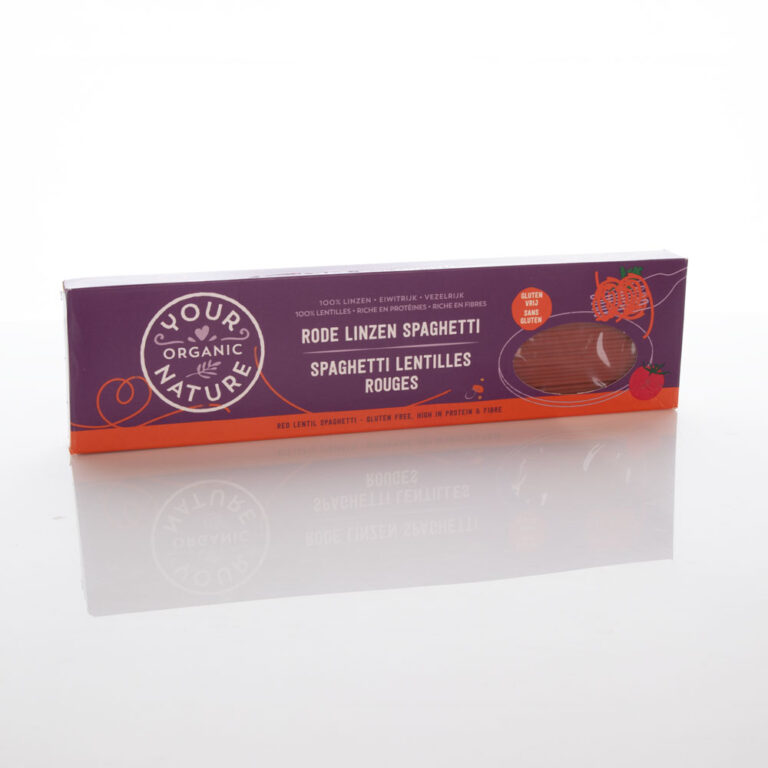
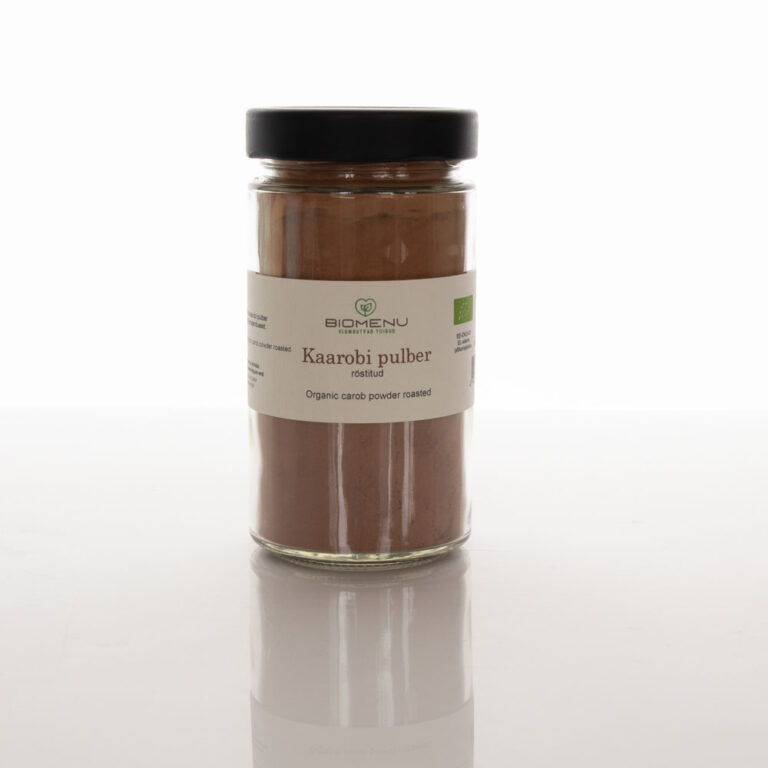
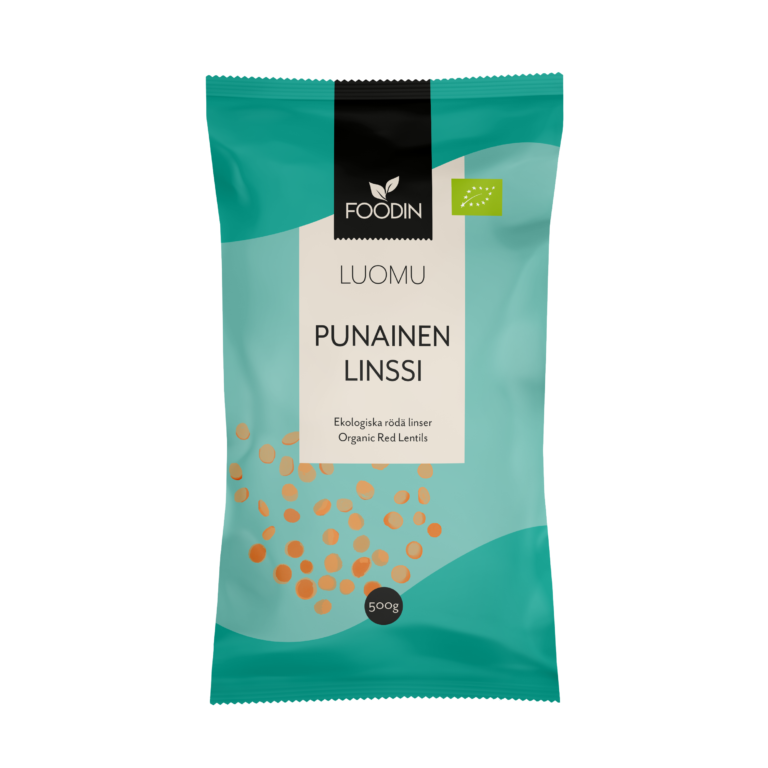
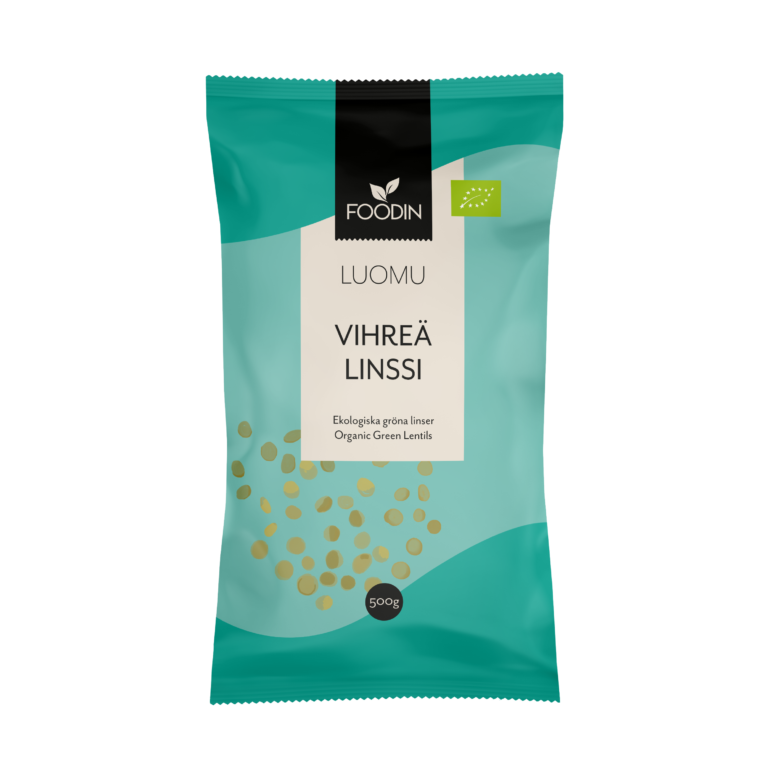
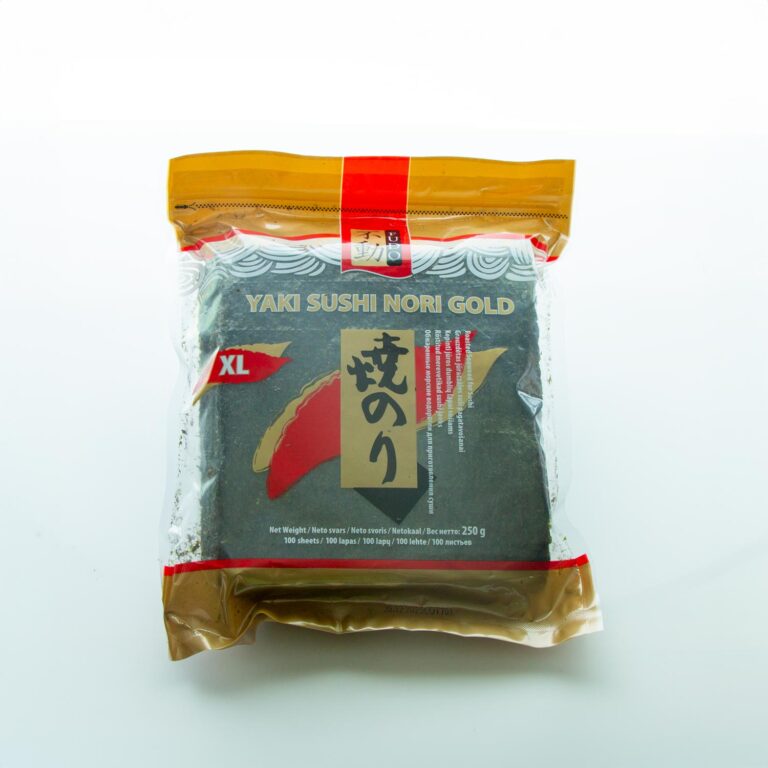
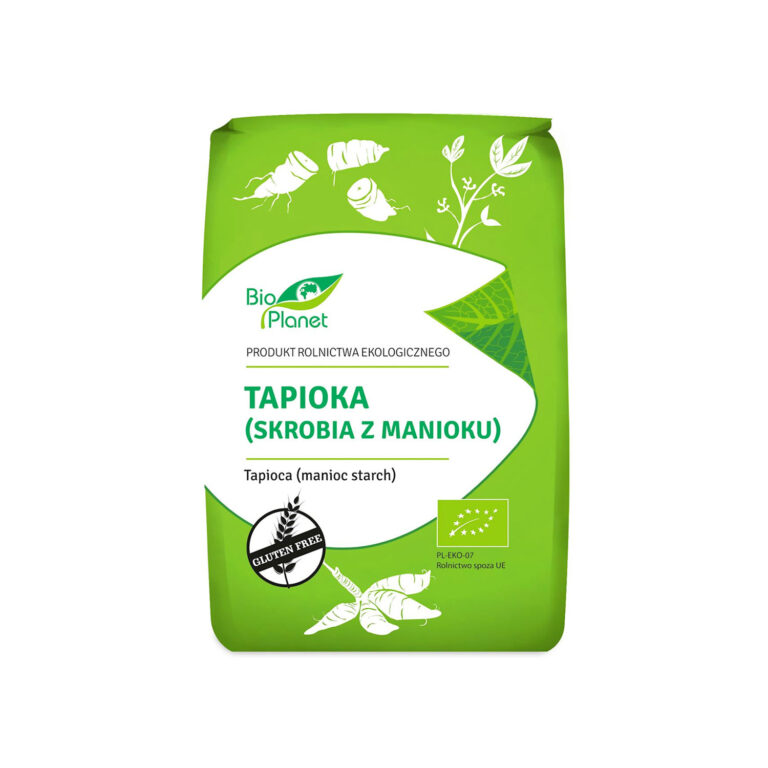
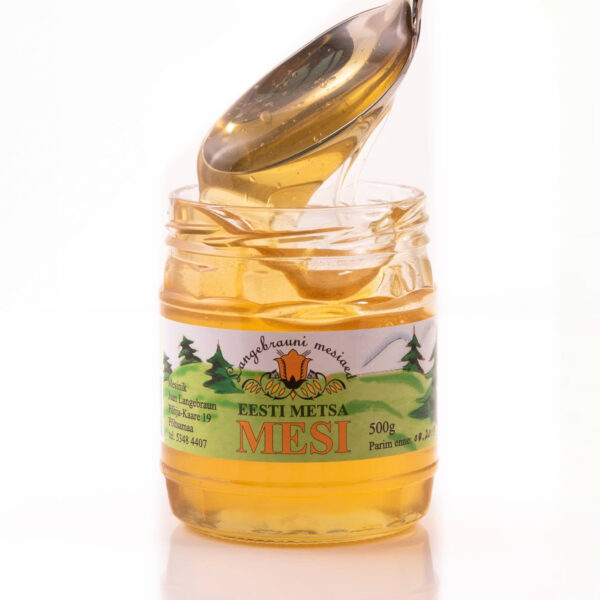
anulomp (verified owner) –
Hea maheda maitsega hirss, puudub mõrkjas maitse. Meie pere iganädalases menüüs.